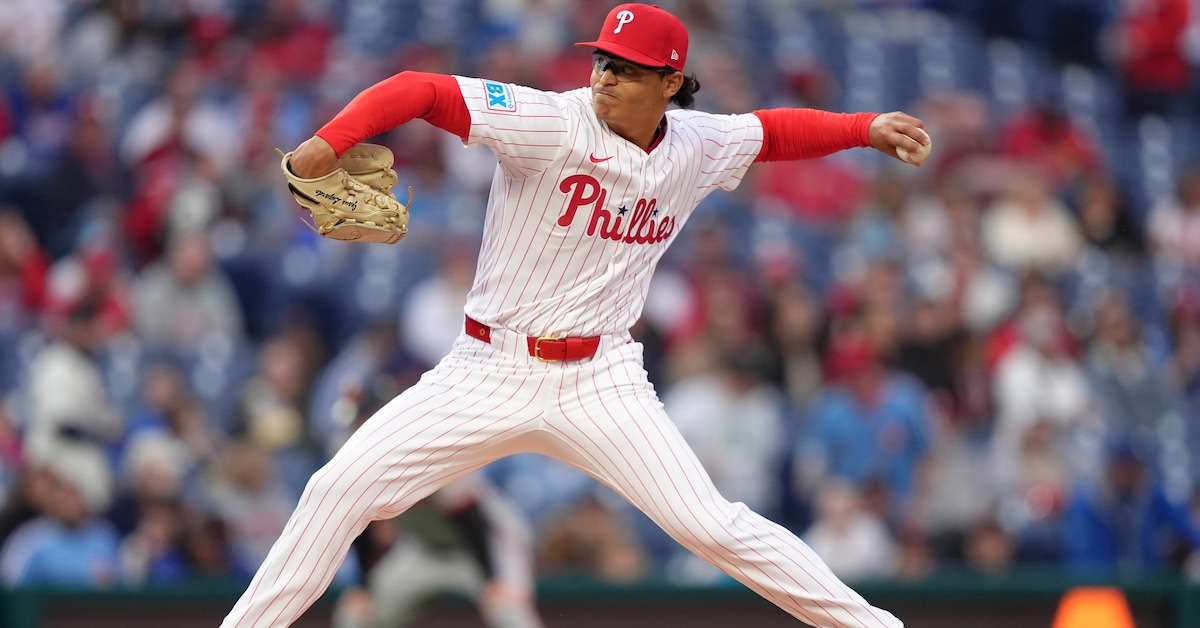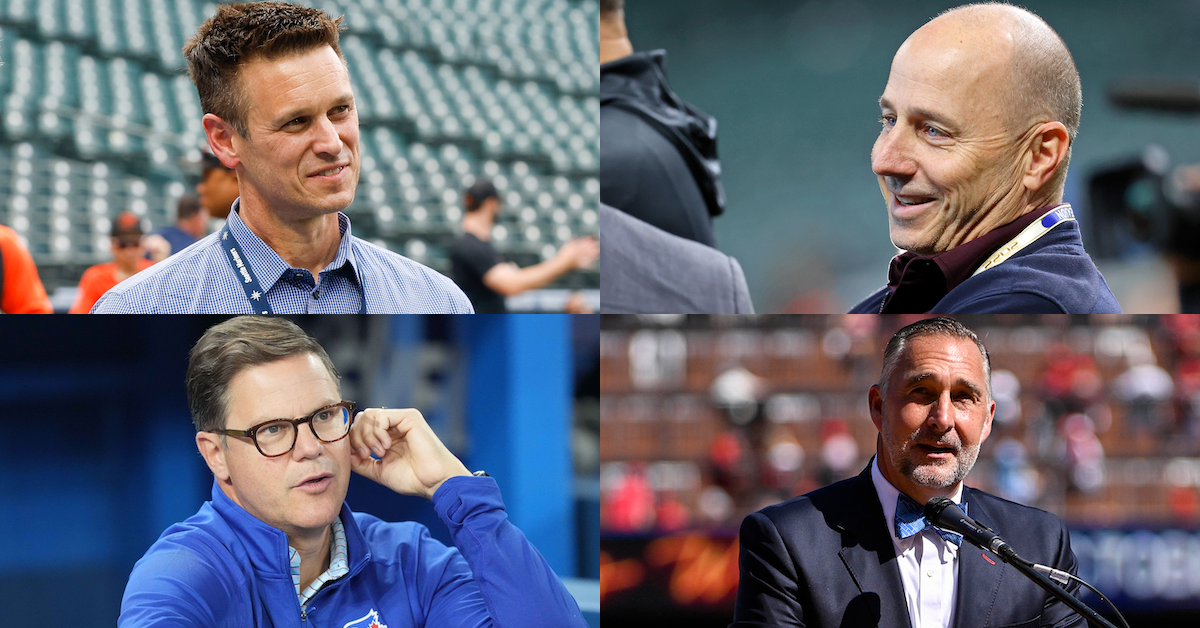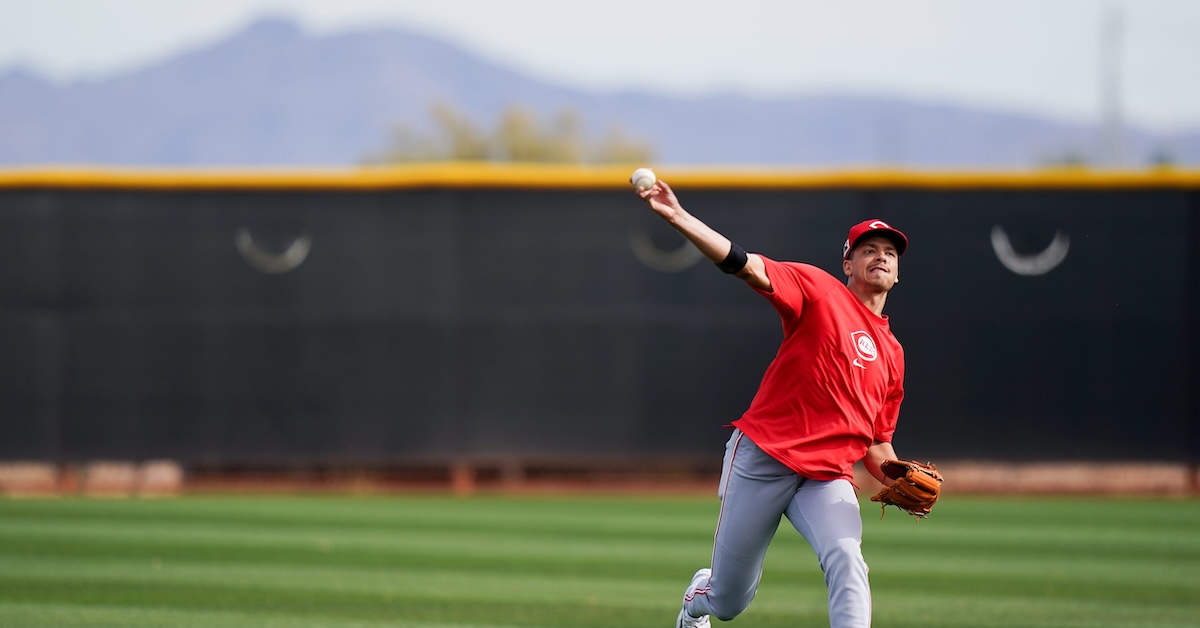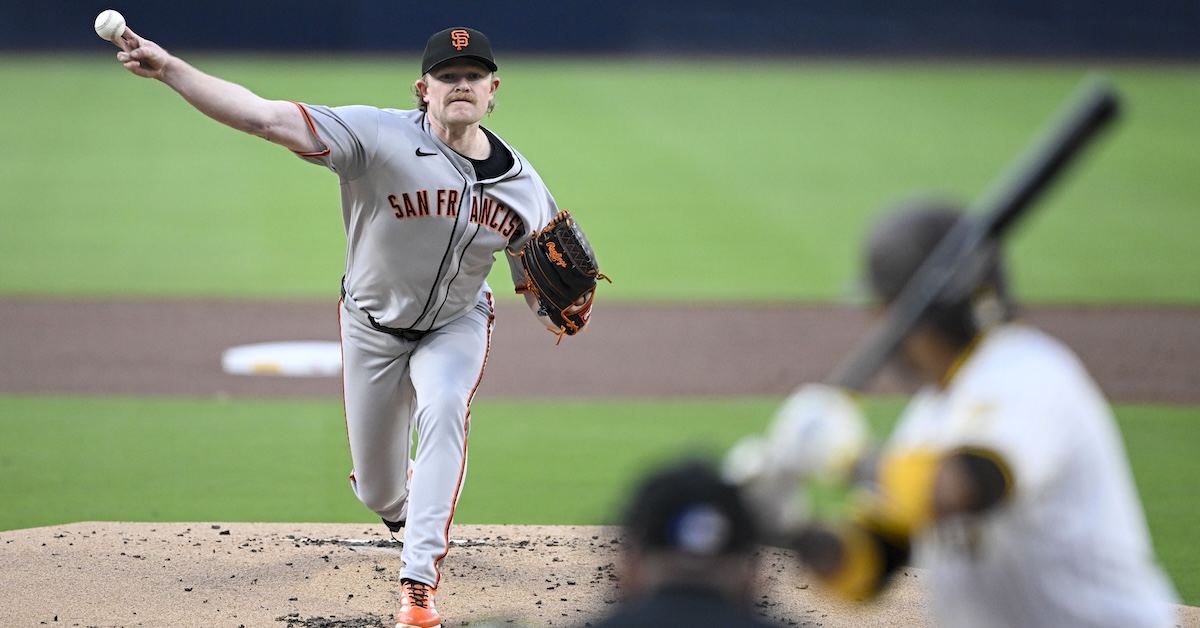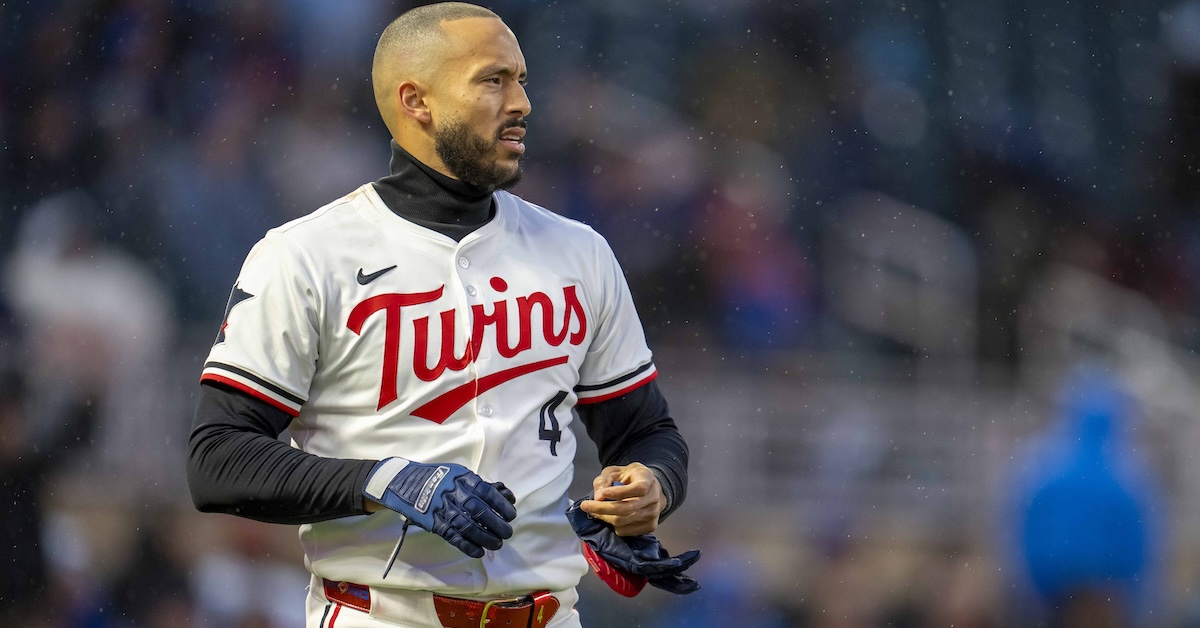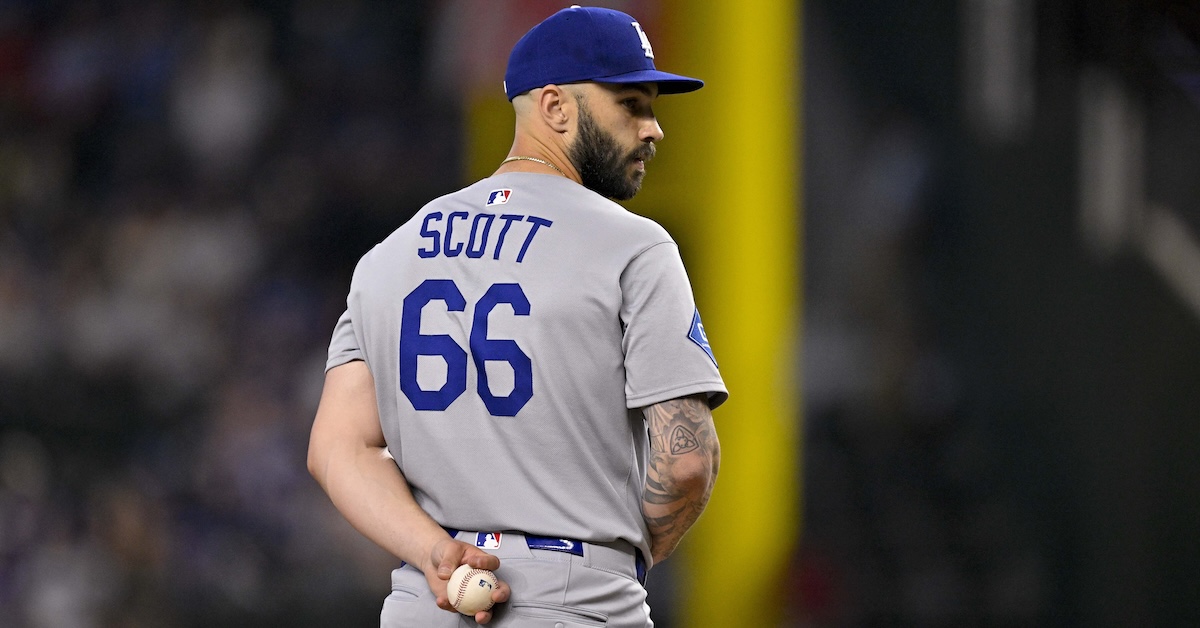Suddenly, the Mariners Are Mashing
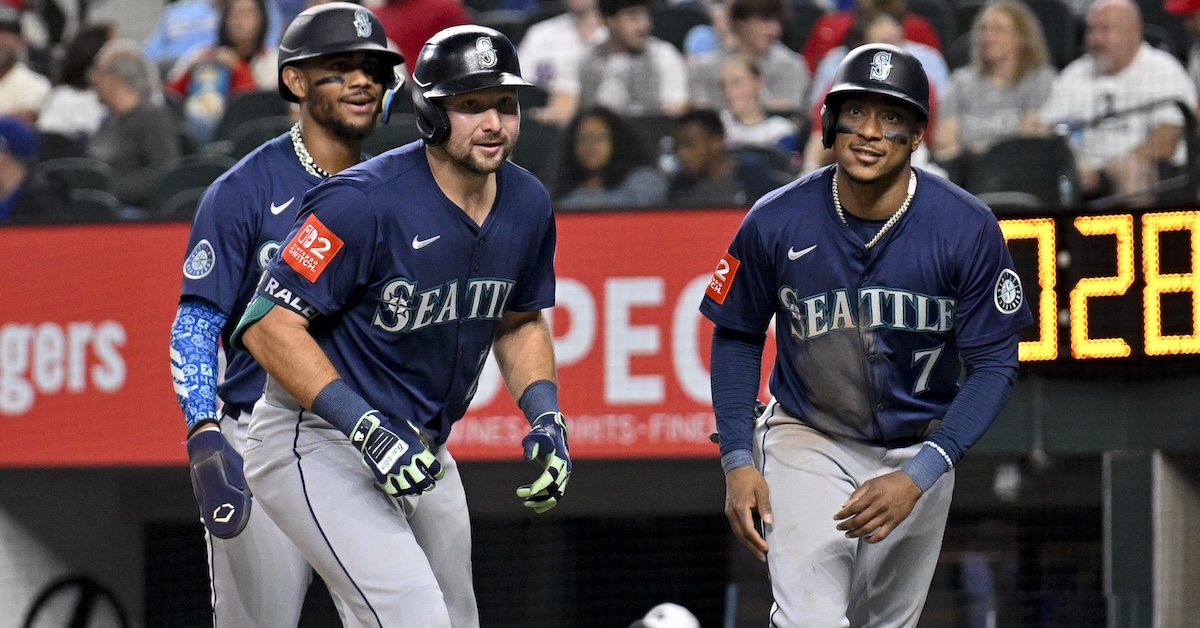
Though they’ve lost two straight to trim their AL West lead to a single game, the Mariners are a first-place team thanks to a recent 16-4 stretch that has boosted their record to 20-14. As I noted last week, their success for a change hasn’t been driven by the strength of their rotation, which has been without George Kirby thus far due to shoulder inflammation and is now without Logan Gilbert, who landed on the IL in late April with a flexor strain. Rather, Seattle been carried by an exceptionally potent offense, a marked contrast from recent years, particularly 2024, when the team’s failure to score contributed to the August firings of manager Scott Servais and hitting coach Jarret DeHart. These Mariners have benefited not only from Cal Raleigh’s heavy hitting, but from the ongoing presence of Randy Arozarena, who was acquired just before last year’s trade deadline, and rebounds from players who struggled due to injuries last season, such as J.P. Crawford and Jorge Polanco. The return of Hall of Famer Edgar Martinez to their coaching staff has helped, and it does appear as though T-Mobile Park has been a bit more forgiving than usual.
Raleigh and Polanco are the hitters getting the headlines. Raleigh is currently slashing .240/.359/.574 with a major league-high 12 homers, and he ranks third in the AL in slugging percentage behind only Aaron Judge and Alex Bregman, and fourth in the league in wRC+ behind those two and Jonathan Aranda(!). While Polanco doesn’t have enough plate appearances to qualify for the batting title because an oblique strain has limited him to swinging left-handed and to DHing instead of playing the field, he’s hit a ridiculous .369/.407/.750 (233 wRC+) with nine homers in just 92 plate appearances (14 short of qualifying). Crawford is batting .294/.417/.404 (151 wRC+) and Arozarena .224/.366/.414 (136 wRC+). Both players are walking over 15% of the time, with Raleigh drawing a pass 14.4% of the time; the team’s 11.2% walk rate leads the majors.
All of that has helped the Mariners withstand a comparatively slow start by Julio Rodríguez (.206/.308/.375, 103 wRC+) and a wave of injuries that has forced right fielder Victor Robles, outfielder-first baseman Luke Raley, utilityman Dylan Moore, and second baseman Ryan Bliss to the injured list alongside the aforementioned rotation stalwarts [Update: Moore was activated just after this article was published]. Even so, the Mariners have gotten a 100 wRC+ or better from every position besides first base (where Rowdy Tellez, Donovan Solano, Raley and Moore have combined for a 60 wRC+) and right field (where six players, among them the injured Robles, Raley and Moore, have combined for a 90 wRC+). Read the rest of this entry »

